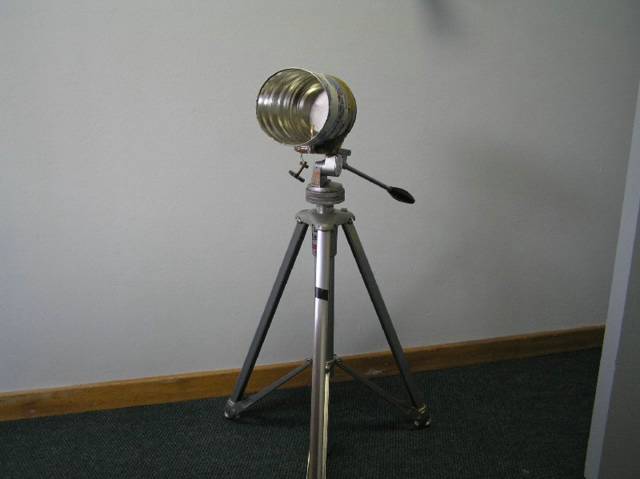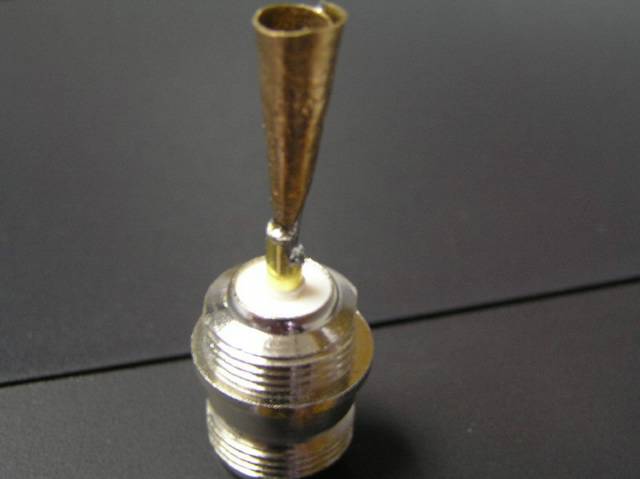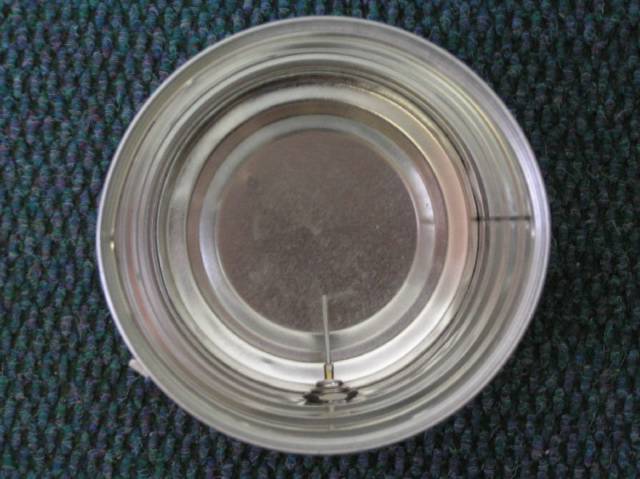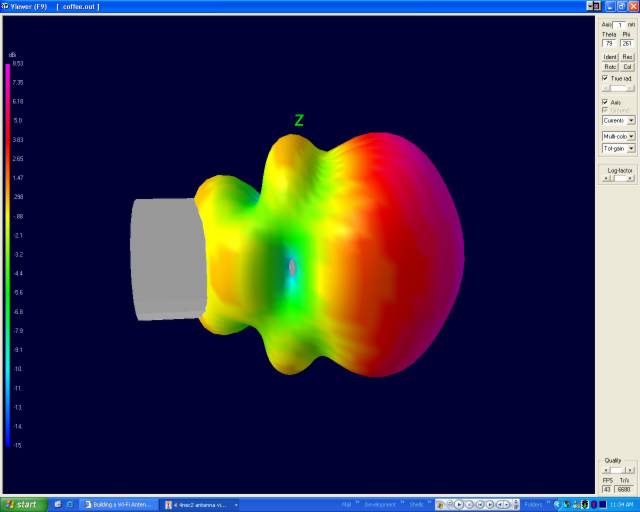Home-Brew Antennae: Difference between revisions
mNo edit summary |
|||
| Line 29: | Line 29: | ||
[[Image:Wet-11.jpg|thumb|left]] | [[Image:Wet-11.jpg|thumb|left]] | ||
Metal sheeting can be used for the reflector, however, the ideal would be some sort of mesh metal, with holes smaller than 1/4 wavelength (<3cm), so that the antenna is not affected by wind as much. | Metal sheeting can be used for the reflector, however, the ideal would be some sort of mesh metal, with holes smaller than 1/4 wavelength (<3cm), so that the antenna is not affected by wind as much. | ||
Revision as of 15:43, 18 November 2005
Omnidirectional Antennae
It is possible to make a homebrew omnidirectional antenna, as shown in the guides listed on Links#Antennae.
Directional Antennae
Cantenna
The instructions shown the websites listed on Links#Antennae were used ti build some cantennae as shown in the pictures:
Conical Feed element
Cantenna with bicycle spoke element
This File:Circular waveguide optimise.xls can be used to optimise the variables when building a cantenna.
Sectoral Antenna
A sectoral antenna provides the best of both worlds in terms of gain as well as beam-width and can be applied to many situations in mesh networking.
Turn an Omni into a Sector
The reflector designs shown, found at Freeantennas.com can be applied to a standard omni and will turn the omni into a sectoral antenna.
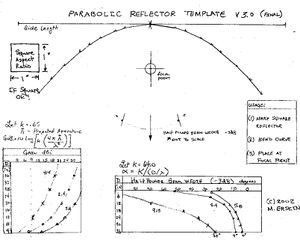
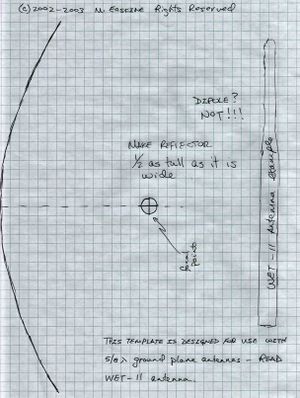
Metal sheeting can be used for the reflector, however, the ideal would be some sort of mesh metal, with holes smaller than 1/4 wavelength (<3cm), so that the antenna is not affected by wind as much.
.
Simulation
NEC 2 was used to generate the simulated field pattern for a cantenna with the dimensions used in our first test cantenna.
